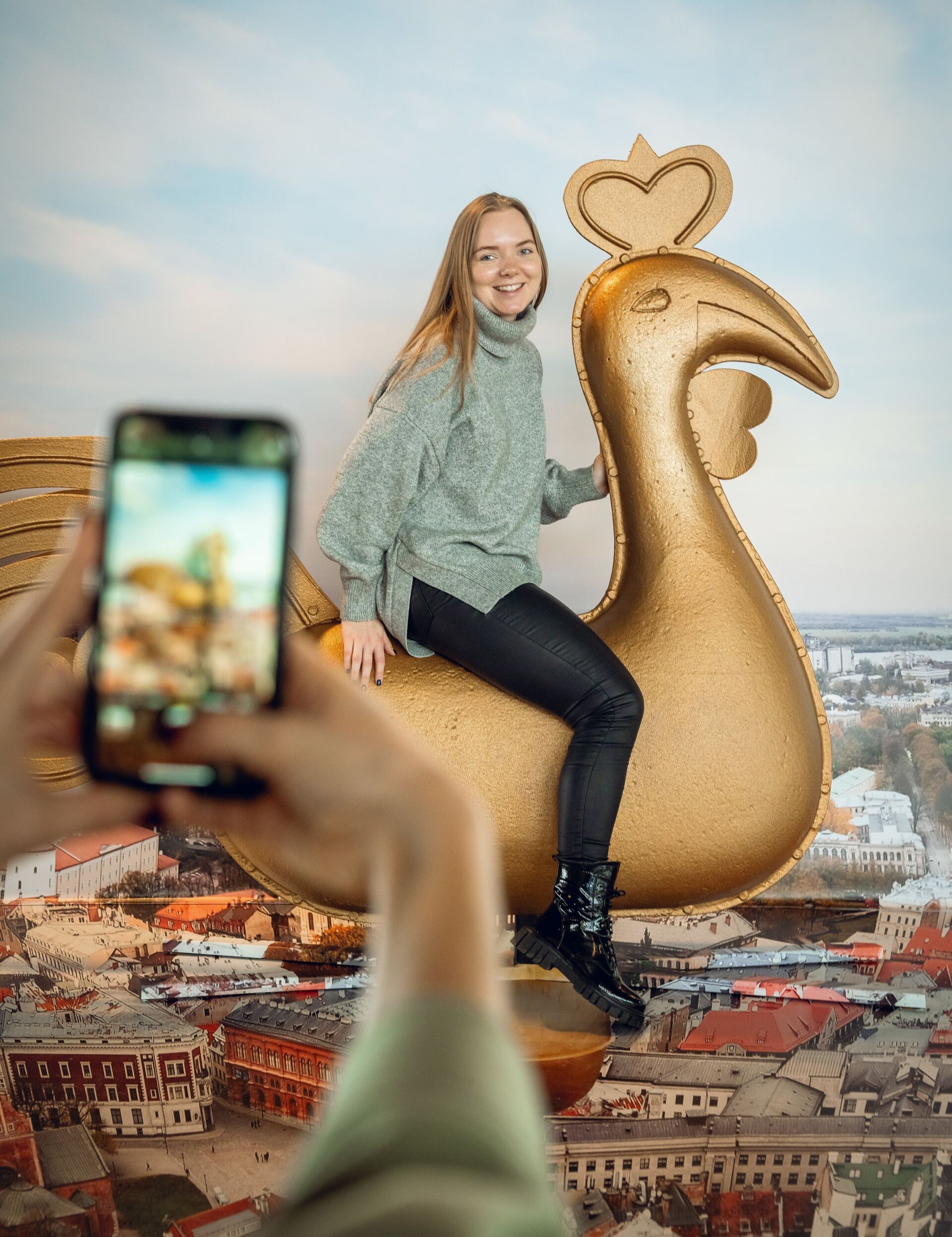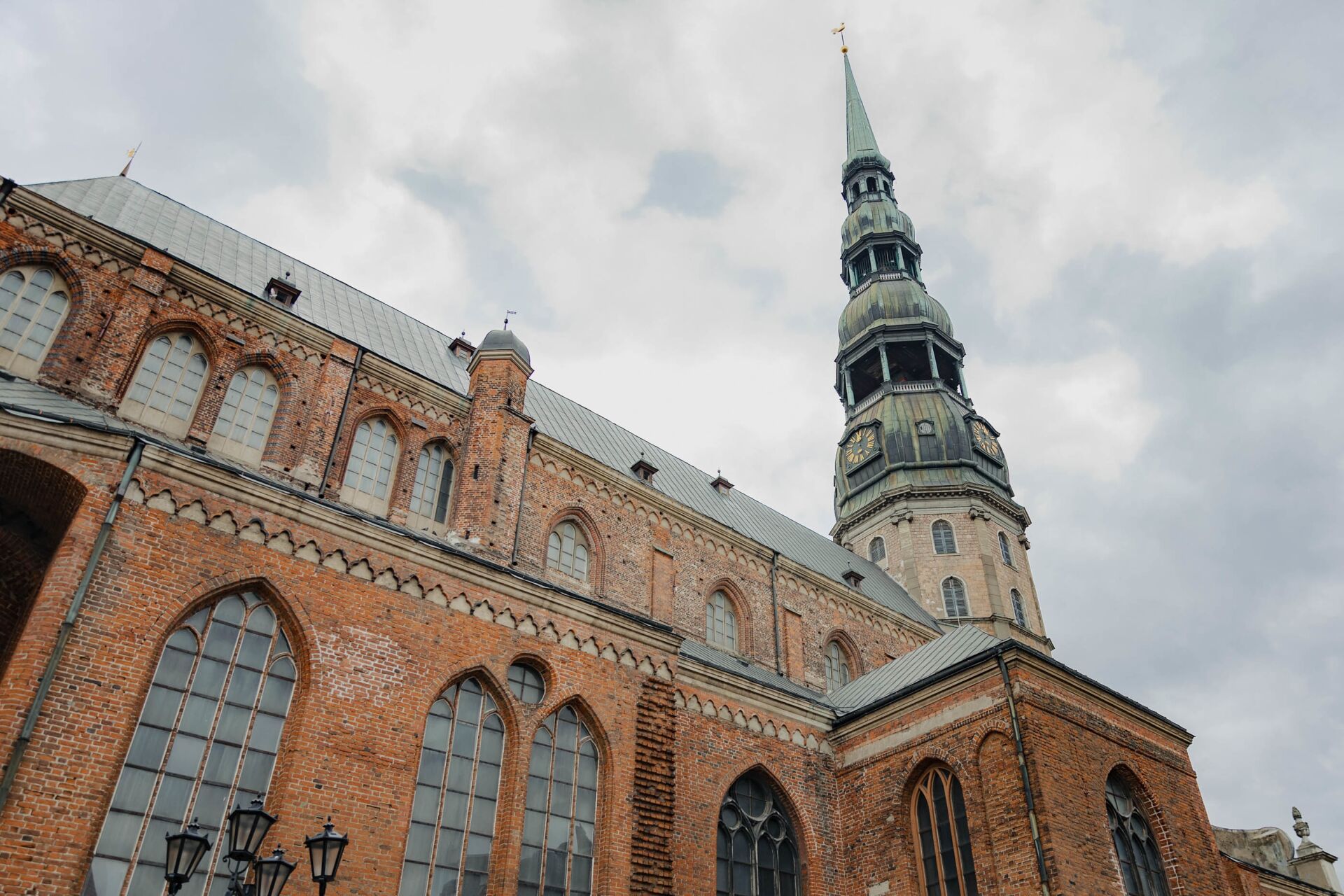Why do roosters crown the spires of Riga’s churches?

The symbol of this year’s EUCYS 2025 host city is the rooster — a figure deeply rooted in the history and identity of Riga. Golden copper roosters, not crosses, adorn the spires of Riga’s oldest churches: St. Peter’s, the Dome Cathedral, St. John’s, and St. James’s. The rooster symbolizes the break of dawn and the triumph of light over darkness. In Latvian folklore, it is seen as a guardian against evil, while in Christianity, it represents resurrection and vigilance.
Historically, the rooster also served a practical purpose as a weather vane, helping townspeople anticipate trading conditions. This tradition has been preserved in Riga for centuries, with each church having its own unique story about the rooster atop its tower.
Famous roosters in Riga
The most famous rooster crowns the spire of St. Peter’s Church. The first rooster was installed there in 1491; by 1941, there had been six, and the current — the seventh — was restored and reinstalled in 2009. A rooster has adorned the Dome Cathedral’s spire since 1595 and still functions as a weather vane. The current version was crafted in 1985. At St. John’s Church, the first rooster was mounted with a decorative sphere on May 5, 1680; it was later restored on May 22, 1764, after the tower’s reconstruction. The spire of St. James’s Cathedral features a gilded rooster that has recently been restored and remains one of the most visible elements of this Roman Catholic church in Riga.
But Riga’s roosters are not confined to church towers. The cukurgailītis (sugar rooster) — a traditional Latvian candy — is also beloved. It lifts the spirits, energizes, and brings joy.
